A Practical Guide to Acu-points by Chris Jarmey and Ilaira Bouratinos
This large trade-sized paperback, A Practical Guide to Acu-points by Chris Jarmey and Ilaira Bouratinos, published by North Atlantic Books, is a definitive work needed by anyone who practices any form of acupuncture, acupressure, shiatsu, cupping, or many other common Eastern modalities utilizing acu-points.
This impressive health guide covers every part of the body and explains in simple terms exactly how the pressure, needle positions, moxibustion (the burning of cones on the skin), cupping and other techniques should be applied.
In 343 pages, A Practical Guide to Acu-points provides information on every single part of the body. It includes realistic colorful anatomical illustrations which clearly show not only the surface where the applicable technique should be applied, but also the underlying tendons, muscles, bones, and body structure to help locate the exact acupoints for best results.
While the book assumes you have a good basic working knowledge of these ancient Chinese modalities which employ acu-points and why it is desirable to have a clear map to the best, most effective locations to apply those techniques to address health issues, it is not so complex that a beginner can not greatly benefit from this work by Jarmey and Bouratinos.
A Practical Guide to Acu-Points is not intended to teach you how to practice acupuncture, massage, or any other Eastern healing technique. It is an outstanding acupoint reference book that could easily go hand-in-hand with related textbooks or other learning material used for educating students in the art and science of natural healing. It’s also very useful as an acupressure guide for those who just wish to learn important points to relief pain.
One of the best features of A Practical Guide to Acu-points is that the book begins with one chapter per modality, which provides considerations and cautions about each of these eastern approaches to health and wellness. Locations where the technique should not be applied are listed as well as contraindications and potential adverse reactions of each.
For example, Chapter One, Needling Considerations, addresses issues regarding acupuncture, such as:
- Cautions about needle insertion depth.
- Sizes and quality of needles.
- Areas of the body and specific situations where needle insertion are not recommended.
- Areas where insertion of an acupuncture needle is always dangerous.
- Accidents which could occur because of needle misuse or lack of skill including broken needles.
- Possible adverse physical reactions.
By starting with these prudent cautions, a person will quickly realize that the practice of acupuncture is serious business and not something to take up on a whim with no preparation.
The page numbers of the 343 pages are located on the lower corner of each page and each is color coded to indicate the points or acupoint channel in that section. This well thought out feature makes it very easy to locate the section of the book to which you wish to refer.
Both the front and back cover of the book have a sturdy flap folded to the inside which can easily be used to mark a reference point to which you wish to return, or to mark where you stopped studying.
The wealth of resources in A Practical Guide to Acu-Points is incredible. Seldom do you find as many facts presented in an organized, ready to use manual. Perhaps, this is because both Jarmey and Bouratinos have studied many textbooks while earning their credentials in the bodywork methods presented and now teach others. Clearly, they have taken the good points and skipped the less desirable points of the many texts they have used in the past.
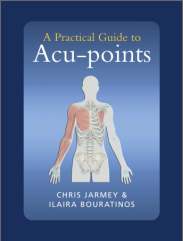 A Practical Guide to Acu-points is a resource that any practitioner of natural healing arts would greatly benefit from owning. Any student developing the skills to become proficient in eastern bodywork methods can benefit vastly. Western massage students and practitioners will also find this information quite useful as the blending of western and eastern approaches both incorporate knowledge of acupressure points or acu-points.
A Practical Guide to Acu-points is a resource that any practitioner of natural healing arts would greatly benefit from owning. Any student developing the skills to become proficient in eastern bodywork methods can benefit vastly. Western massage students and practitioners will also find this information quite useful as the blending of western and eastern approaches both incorporate knowledge of acupressure points or acu-points.
Traditional health care workers such as physiotherapists, nurses, doctors, and even empowered patients who wish to understand a variety of holistic treatments should have this important eastern healing resource in their collection. Even those who have no plans to become involved in any type of bodywork or healing science will better understand their body and how their body systems function as a result of exposure to Jarmey’s and Bouratinos’ latest health guide.
To learn more about this recommended health reference book, visit Amazon > A Practical Guide to Acu-points

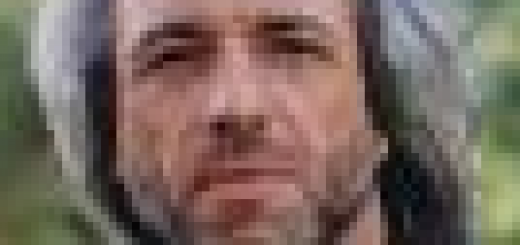


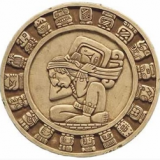
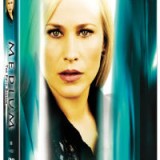
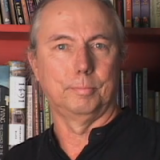
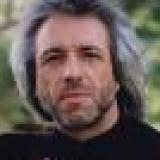
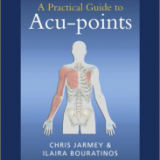
My thighs get numb on the outer sides between the hip bone and knee. It gets worse when I squat. How can Reflexology help?
The info you have here is very easily understood. Although I am not a professional, I am always interested in other forms of pain management and all around health options. I am very interested in this procedure. Thanks.
This book seems to have a lot of info on acupressure. I am currently going for acupressure therapy and cupping is also done. I had carpal tunnel symptoms very severe where both my hands were getting numb and with only 8 sessions at about 1 hour each session, my carpal tunnel is gone. I no longer have problems with my hands. I believe in this holistic healing 100% and recommend it to anyone who has pain. I am undergoing therapy at this time for a knee injury that I suffered in an automobile accident and it is helping me. So far my pain has almost totally eliminated and my strength is returning back after being on a knee immobilizer for three months.
Patty, thank you so much for sharing your experience with acupressure. We also have a free reflexology foot chart you might enjoy using if you would like to download it > Downloadable Reflexology Foot Chart
Good luck on your healing journey!
Kassim, acupressure for hip and leg pain has been known to help since it reestablish flow throughout the body. Give it a try it can’t hurt.
The book is a must as a companion to the those practicing acupuncture as well as reflexology to get the acu-points correctly and accurately. It is definitely a real guide to perfect practice with due caution.
I studied shiatsu at the Europeas Shiatsu School founded by Chris; his untimely death is a sad loss for everyone who met him. His genuine warmth and humor went everywhere that he did. This book along with many others are in part Chris’s legacy to all those looking to develop healing skills based in oriental medicine. I used this book during my acupuncture degree, and preferred it to all others for its clarity and weight!
It seems to me that this book is a “must have” on the shelf for anyone who practices or is in any way involved in traditional healing modalities. This book can be clearly understood by all.
Seems to be a good referrence book. Where can I purchase one for our clinic
Hi Bob, just click on the link at the end of the article, and you can purchase the book from Amazon.
I have problems with dry eyes. About two years ago I had LASIK and afterward, a couple months later my eyes became dry and irritated. Now granted, during that time I underwent a lot of stress. Probably the worst stress to date. I am young, so as far as the surgery, I should have healed I believe. But my anxiety and stress levels were extremely elevated at the time. Can reflexology help me?